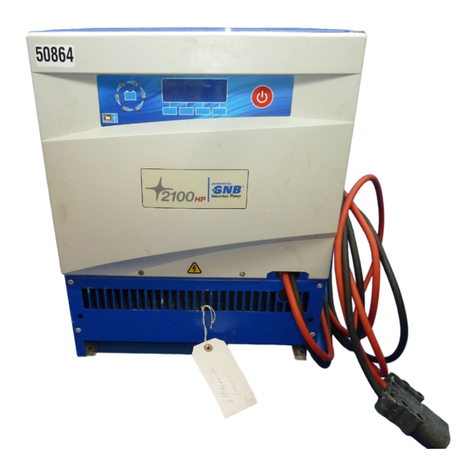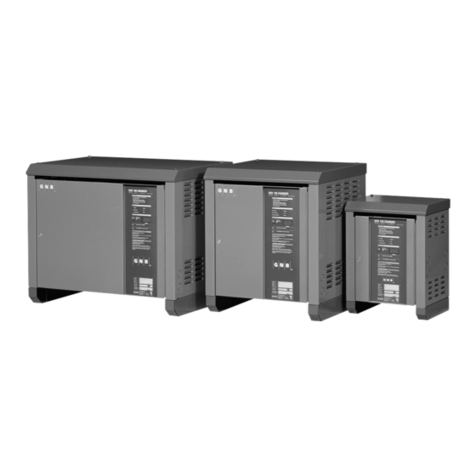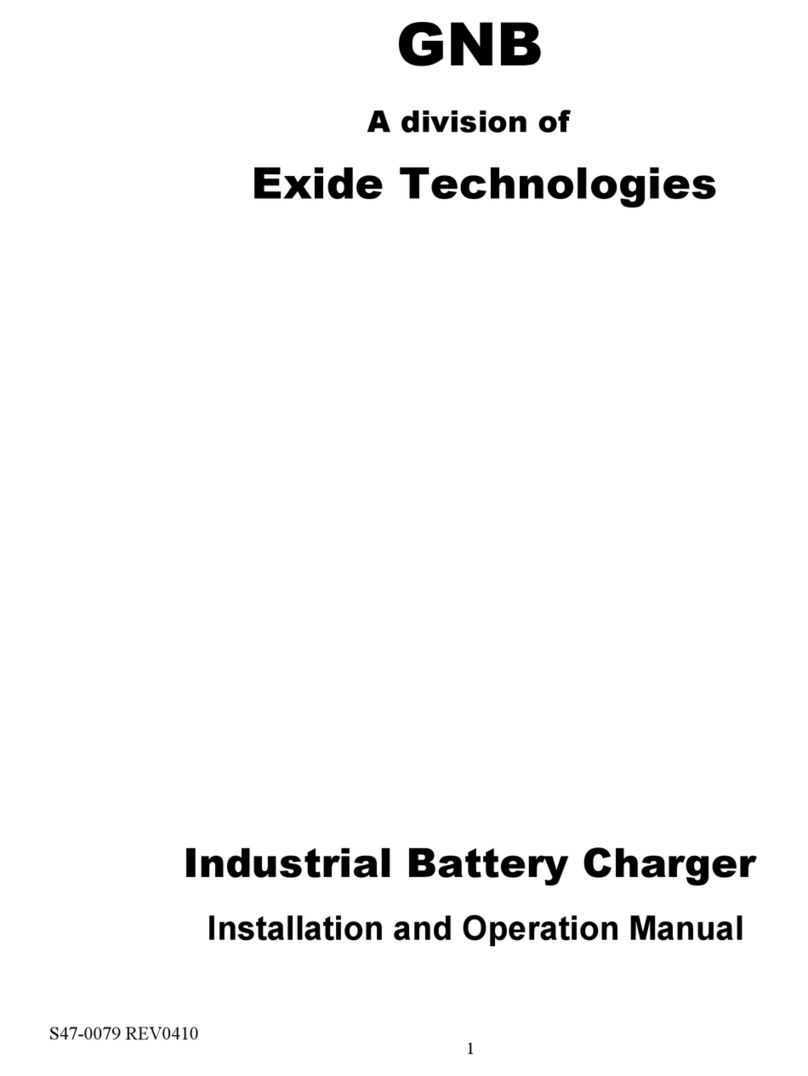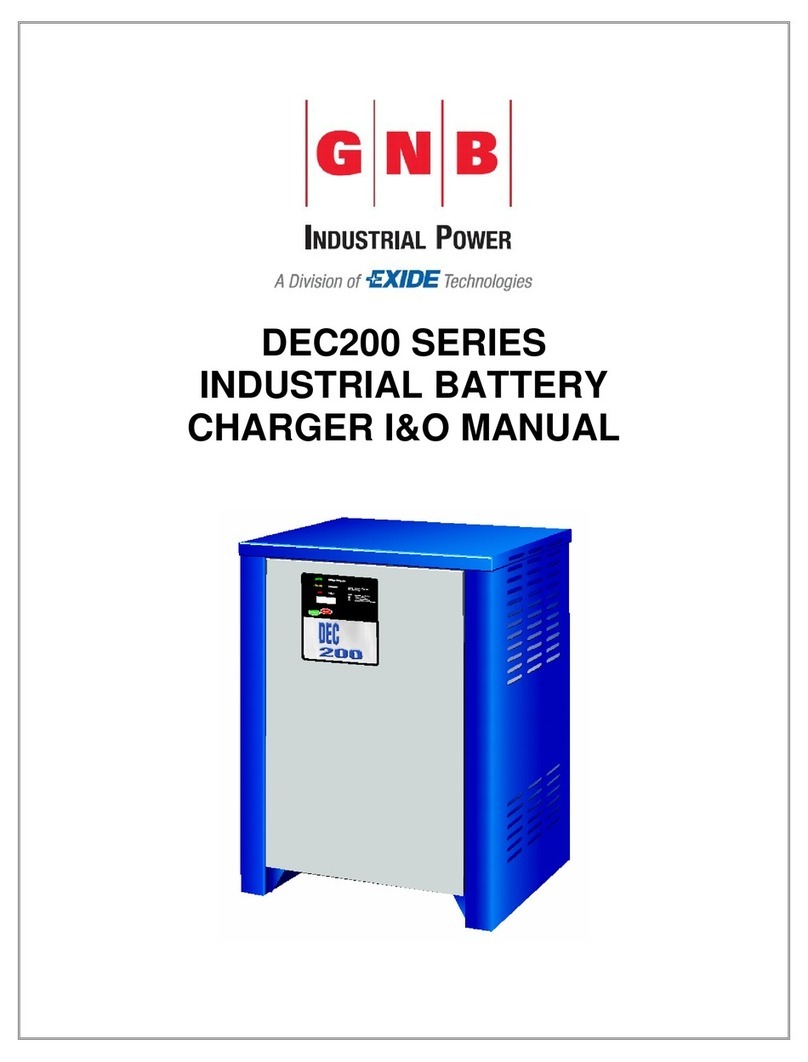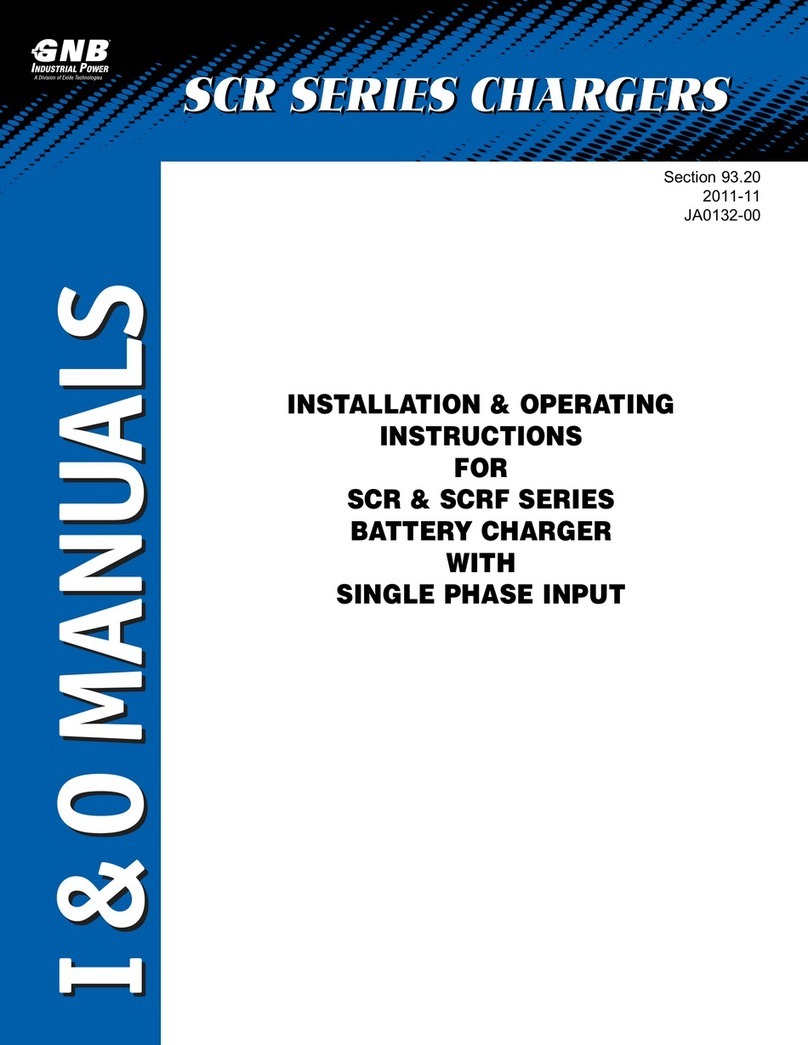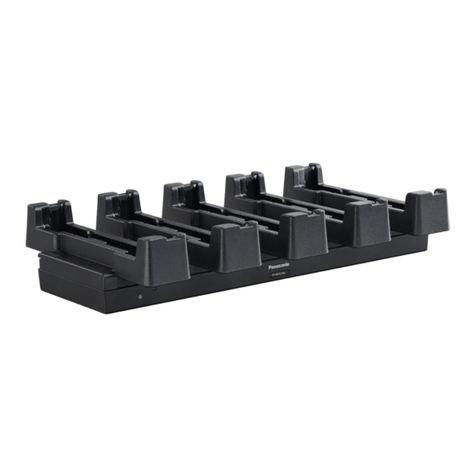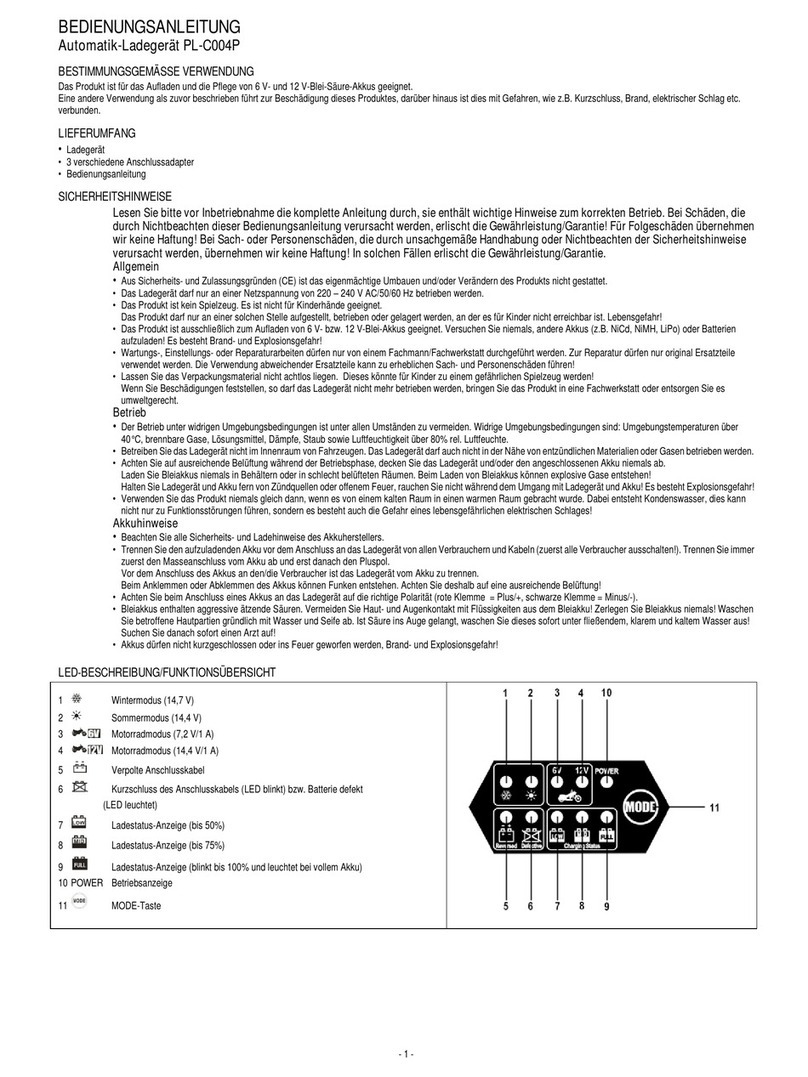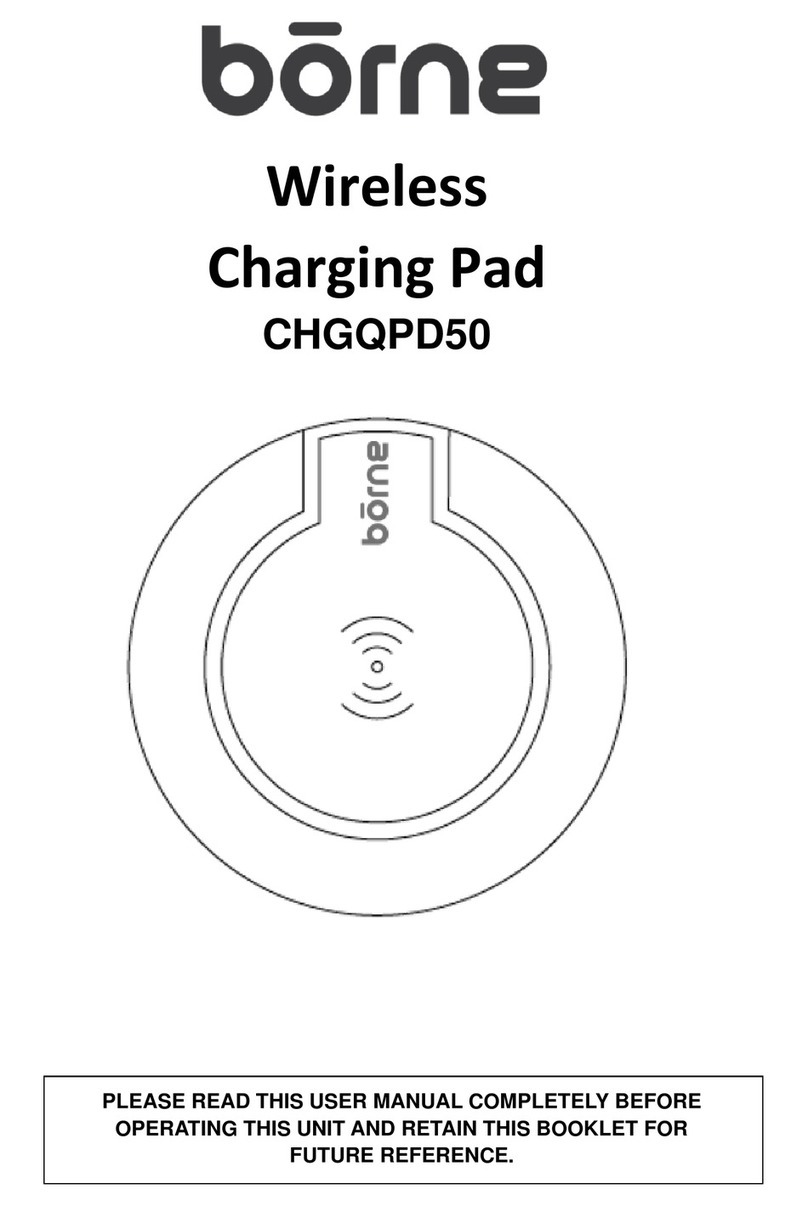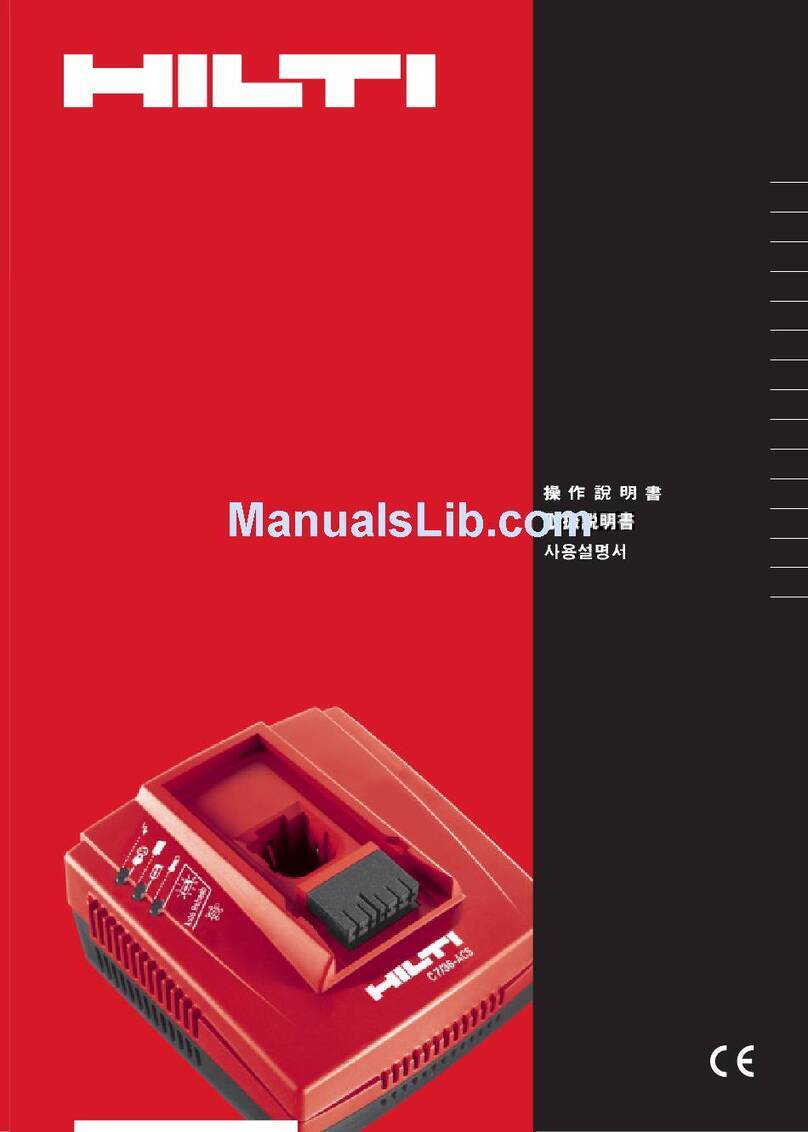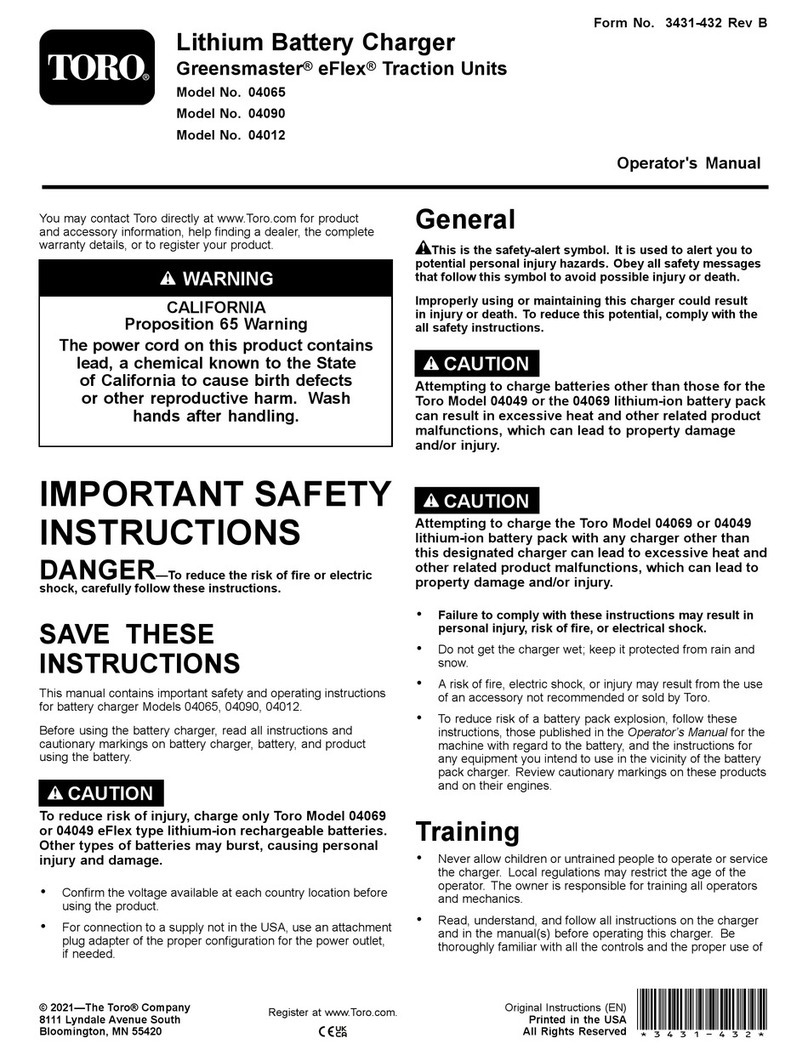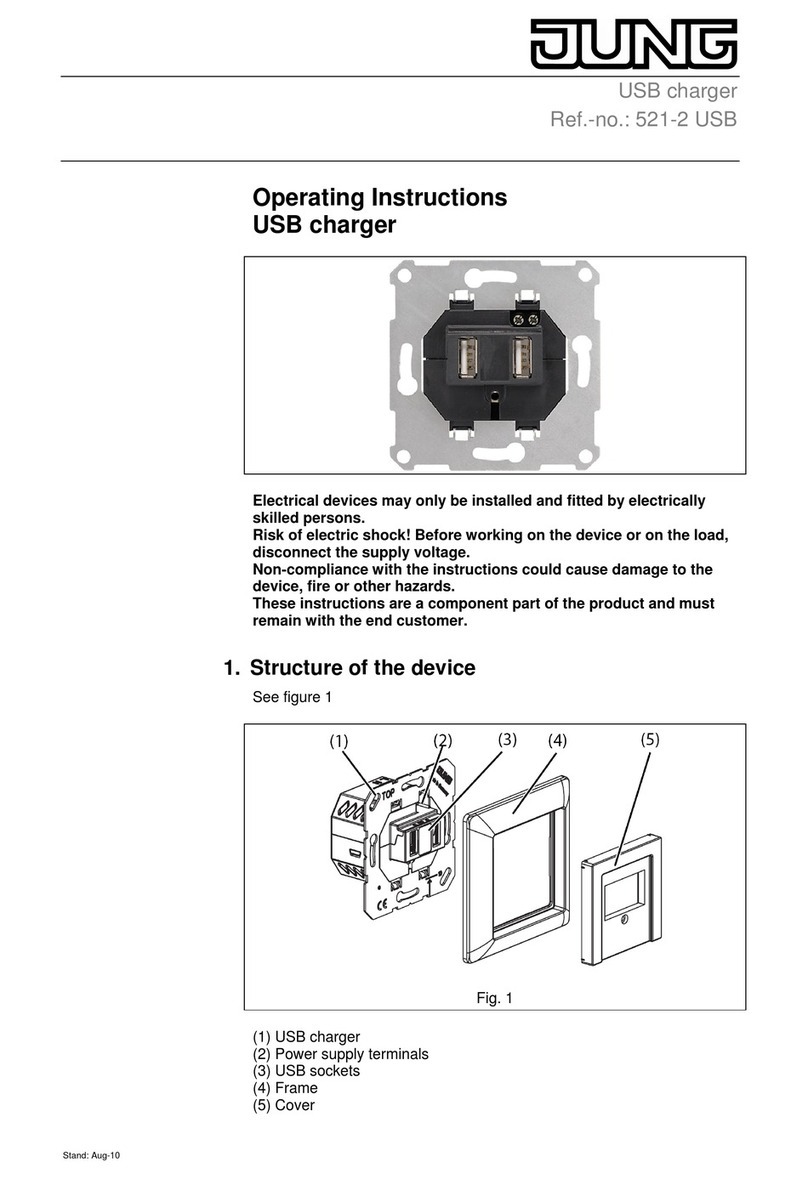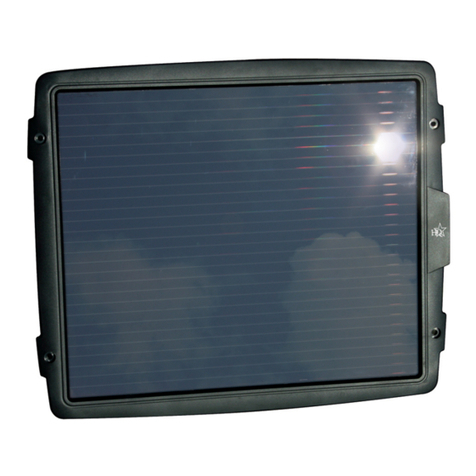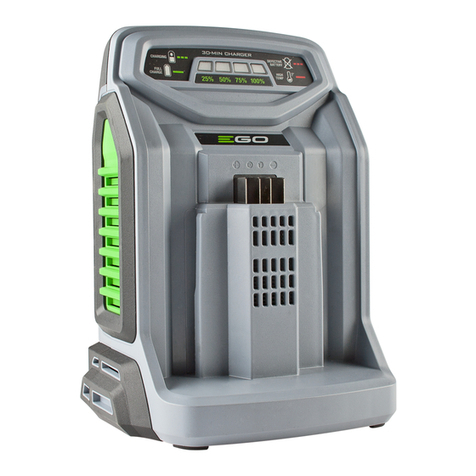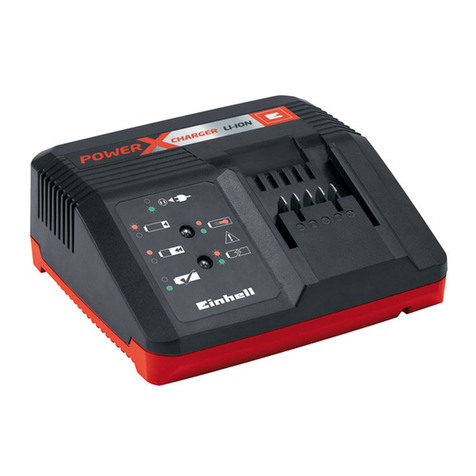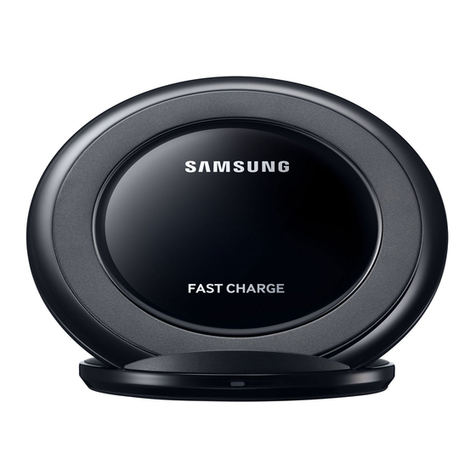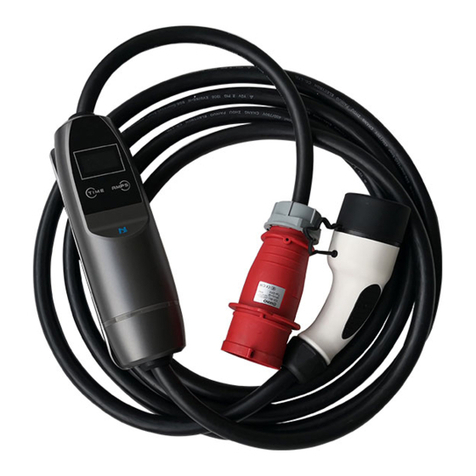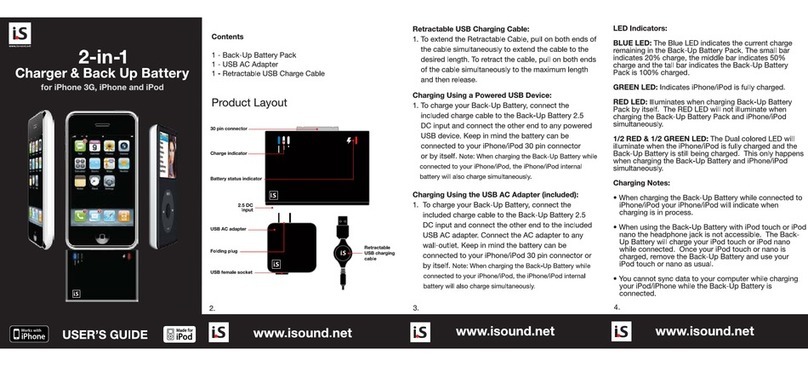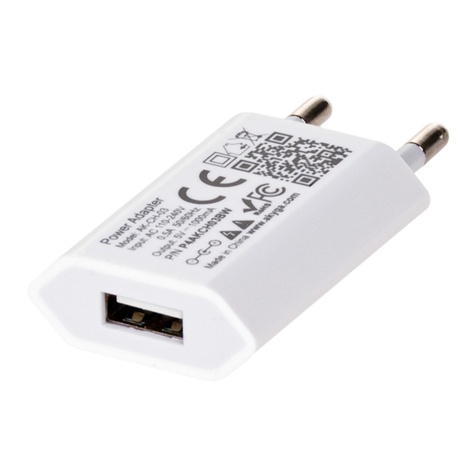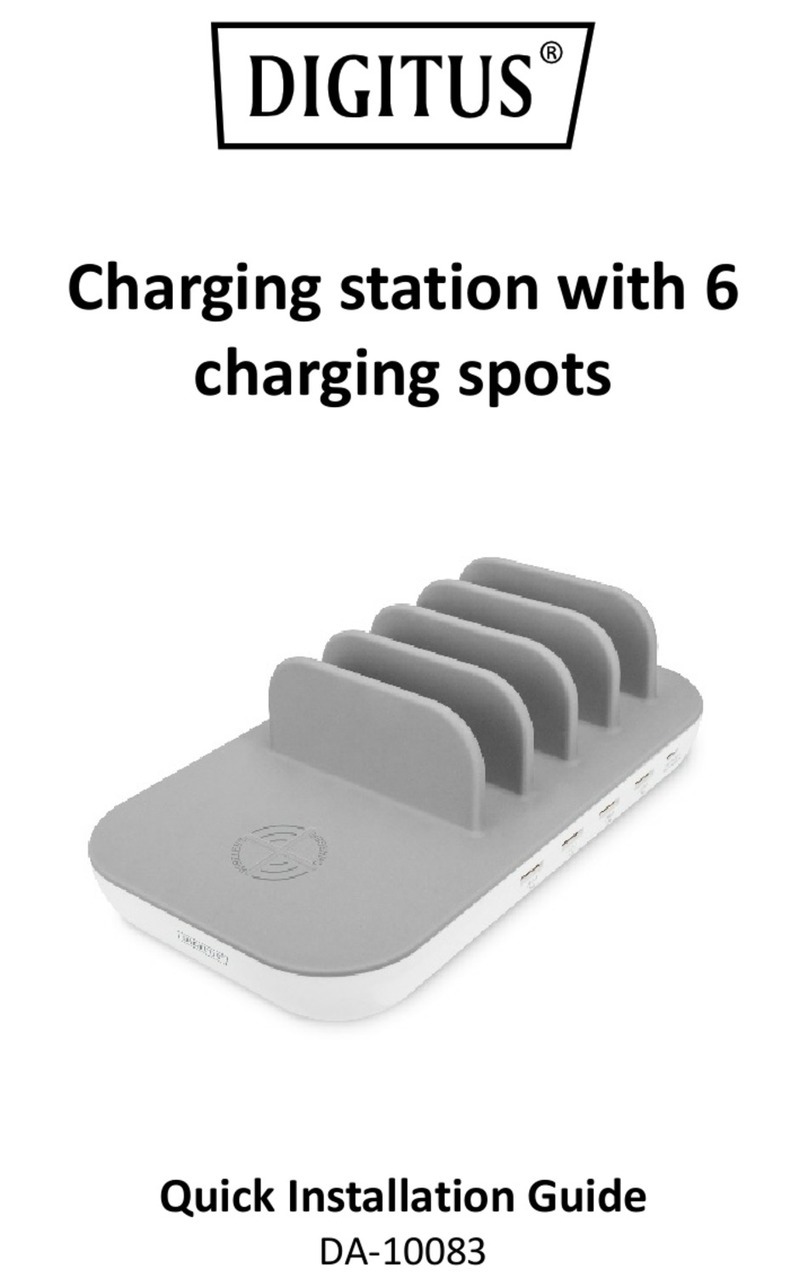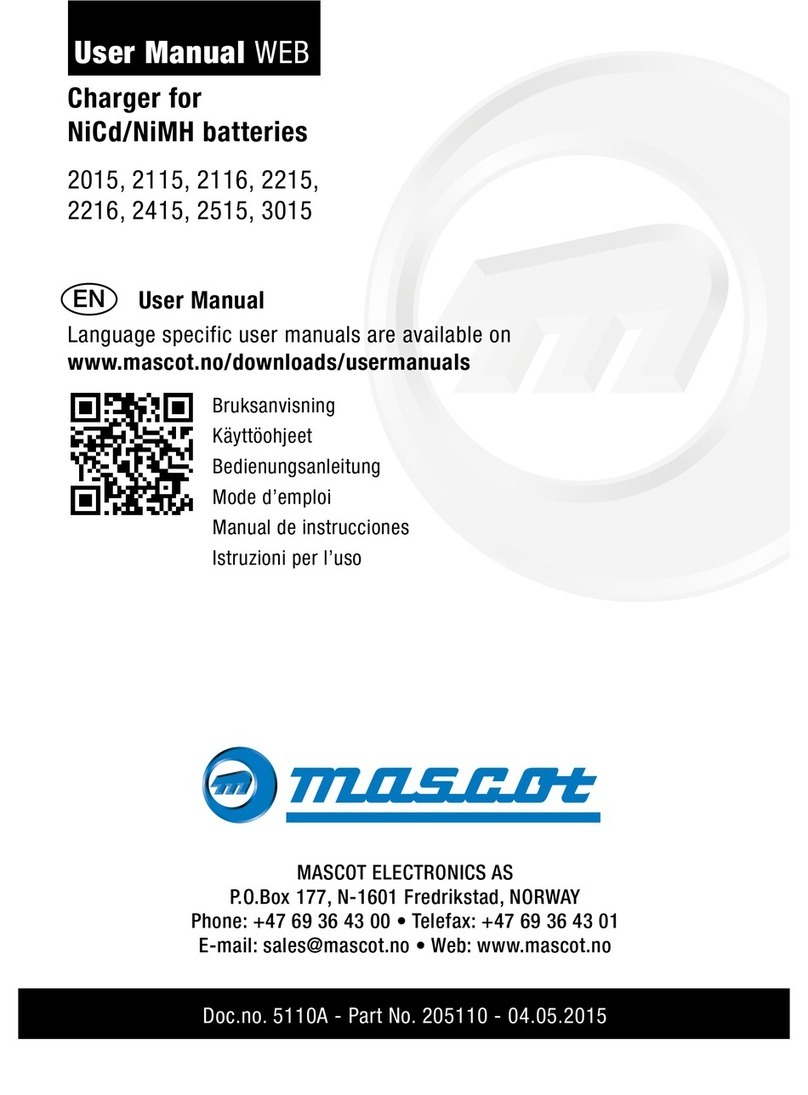GNB Tubular LMX User manual

Page 1
PLEASE READ THESE INSTRUCTIONS BEFORE PLACING BATTERIES INTO SERVICE.
THESE INSTRUCTIONS MUST BE SHIPPED WITH THE BATTERY AND MUST BE DELIVERED TO THE USER.
INSTALLATION AND OPERATING INSTRUCTIONS FOR
TUBULAR LMX®FAST CHARGE MOTIVE POWER BATTERIES
1. SAFETY
1.1 Follow your company’s Safety Instructions when working with or near industrial truck batteries. Observe the caution label
affixed to the battery. Thoroughly familiarize yourself with industry and government guidelines (OSHA, ANSI) for charging,
handling, and maintaining industrial batteries.
1.2 Assign battery and charger care to properly trained personnel.
1.3 This battery contains sulfuric acid electrolyte. Avoid contact with skin, eyes, or clothing. Wear rubber apron, gloves, boots,
and goggles or face shield when handling, checking, filling, charging or repairing batteries.
1.4 Keep water readily available for flushing spilled electrolyte from eyes or skin. Use plain water only and obtain medical
attention immediately. Special deluge showers and eye wash basins are required.
1.5 Batteries produce hydrogen and oxygen gas during charge. Keep open flames away. Do not check electrolyte level with
a cigarette lighter or match. Use a flashlight or permanent lights. Switch on/off away from the top of the battery. Do not
smoke or create sparks.
1.6 Lift batteries with a certified/approved hoist, crane, lift truck, or similar equipment. Move batteries with trucks, conveyors,
or rollers. Be sure to place a rubber mat or similar insulating material across the tops of coverless batteries when handling.
Make sure equipment is of ample strength and properly installed. DO NOT USE CHAIN OR WIRE ROPE SLINGS.
1.7 Never lay metal tools, such as wrenches or screwdrivers, on top of a battery.
1.8 Disconnect the battery from the truck when performing maintenance and repair on motor or electrical system.
1.9 Open or “break” the battery circuit before attempting repairs to the charging plug or receptacles.
1.10 Apply a strong neutralizer, such as baking soda or soda ash, when electrolyte is spilled on the floor. Check local regulations
regarding the disposal of neutralized waste.
2. RECEIVING BATTERIES
Immediately upon receipt of shipment, examine the outside of the packing for signs of rough handling before accepng the baery
from the carrier. Wet spots on the shipping pallet may be an indicaon of leaking jars broken in shipment.
If there is evidence of damage, the receipt should be signed and both copies (carrier’s and receiving copies) marked “Shipment
Received Damaged”. The carrier should be called immediately and asked to make a “Carrier’s Inspecon for Damage Report”.
If “concealed” damage is later detected, the carrier should be called immediately and requested to make a “Carrier’s Inspecon
for Concealed Damage Report”. Aer inspecon by the carrier, arrangements should be made with the local GNB Industrial Power
representave to have the baery repaired before placing it in service.
BEFORE PLACING BATTERIES IN SERVICE, PLEASE REVIEW AND FOLLOW THE SAFETY GUIDELINES IN SECTION 1.
3. PLACING IN SERVICE
Verify that the baery weight meets or exceeds the minimum truck weight requirements. Allow the baery to cool or warm to room
temperature before charging or adding water. Make sure the baery charger is properly matched to the baery.
Remove the vent caps from each cell and check to see that the electrolyte level is above the top of the separators. If it is obvious
that the electrolyte has spilled out of any cells, replace it with electrolyte of the same specic gravity as found in the other cells
of the baery. Insert the vent caps and give the baery a freshening charge unl there is no increase in specic gravity for three
hydrometer readings taken at one hour intervals.
®

Page 2
During shipment of the baery, low temperatures and/or normal shock and vibraon oen results in a drop in the electrolyte level. If
the level is below the top of the separators, recheck it aer 3 hours of charging. If the level remains below the top of the separators,
add water or electrolyte to the proper level at the end of charging.
Following the rst month of service, the baery should reach its normal operang specic gravity of 1.295 +/- 0.005 at 77° F.
IF BATTERIES ARE NOT IN USE, KEEP THEM CHARGED. CHECK THE SPECIFIC GRAVITIES MONTHLY AND GIVE A FRESHENING
CHARGE (3 OR 4 HOURS AT THE FINISH RATE) IF THE GRAVITIES HAVE FALLEN 0.030 OR MORE; OTHERWISE GIVE A
FRESHENING CHARGE EVERY THREE MONTHS.
4. OPERATION
Baeries are rated in ampere-hours (Ahr) and are selected to perform a specic workload within an established period of me. Increasing
the workload or me period could result in over discharging, thus shortening baery life. Limit discharging of the baery (to 80% or less)
so that specic gravies do not go below 1.180. If truck operaon results in only paral discharges (40% or less) and specic gravies are
1.250 or more at the end of the shi, recharging may be deferred and the baery used for another shi, providing the workload is not
expected to increase. Hydrometer readings and experience will determine the frequency of charge intervals under these circumstances.
A baery should always be recharged immediately following a complete discharge. Never allow it to remain in a discharged
condion; otherwise, permanent damage may result. A baery is designed to be operated as follows:
8 hours discharge
8 hours charge
8 hours cool-down
5. TEMPERATURE
In the operaon of move power lead acid baeries, the electrolyte temperature must not exceed 110°F (43°C). If the baery
is connuously operated at or above this temperature, the service life of the baery will be severely diminished. Under normal
operang condions, baery electrolyte temperature should be maintained between 60-100°F (15-38°C). Following charging, the
baery should be allowed to cool-down or rest approximately 8 hours prior to another discharge cycle.
If a baery is ever hot to the touch, allow it to cool to room temperature before charging or discharging. If a baery consistently
operates at high temperatures greater than 100° F (38° C), contact your local GNB representave for service.
6. CHARGING
When recharging a fully discharged baery, the starng charge rate will be 3 mes higher than the nish charge rate. The charge rate
should taper down to the nish rate by the me the baery is 85% charged and may be even lower when fully charged. High “on
charge” temperatures or frequent need for water addions are indicaons of overcharging. Short running mes and/or low end-of-
charge specic gravies may indicate inadequate recharge. Consult your local GNB representave on specic charging problems.
The ampere-hour rang of the charger applied to the baery should be within 10% of the ampere-hour rang of the baery.
7. MAINTENANCE
KEEP RECORDS… Showing specic gravies, equalizing, charging, temperature, cleaning and voltages on a monthly basis. These
records are required to maintain your warranty.
TEMPERATURE… Under normal operating conditions, the electrolyte temperature should be between 60-100°F (15-
38°C). Operating temperatures above 100°F will reduce the battery’s service life. Operating temperatures below 60°F
result in less capacity and special charging is required.
WATER ADDITIONS… GNB-approved chargers have the capability for equalize charging at specic mes and days of the week
(e.g. Sunday 08:00). Water addions can be made the following day prior to use, provided an equalizaon charge is conrmed to
have been performed.
EQUALIZE… Once a week.
DEPTH OF DISCHARGE… Do not discharge the baery below 80% of the rated capacity. Over discharging shortens the baery
life and voids the warranty
CLEANING… Keep the top of the baery clean and dry. See Item 8.
PREVENTIVE MAINTENANCE SCHEDULE…
WEEKLY
• Check electrolyte levels (see water addions).
• Equalize charge.
MONTHLY
• Record electrolyte specic gravies.
• Visual inspecon and conrmaon that the baery-mounted monitor is funconing properly.
• Inspect the cables and charging plugs.
• Clean the top of the cells.
SEMI-ANNUAL
• Inspect the charger. Conrm proper output voltage and current. Check for external damage, frayed cables, or worn connectors.
• Clean the exterior of the baery .

Page 3
TROUBLE SIGNS
Baery temperature averages more than 125°F.
Open circuit cell voltages vary by 0.15 volts or more and specic gravity varies by 0.020 or more during equalizing.
The top of the baery is always wet or one cell requires excessive water.
8. MAINTENANCE CLEANING
The top of the baery should be kept clean and dry. Keep the vent caps in place during use and charging. Remove the vent cap only
to observe electrolyte levels, make water addions, take temperatures, or take specic gravity readings with a hydrometer. If the
baery requires cleaning, contact your local GNB Industrial Power servicing representave. The soluon used to clean and neutralize
the outside of the baeries should be disposed of in an environmentally safe manner.
9. WATER ADDITIONS
Maintain electrolyte levels above the top of the separators, but no higher than 1/8” from the bottom of the vent well. Check
the electrolyte level weekly, or as necessary depending on battery use prior to charging. If the level is not visible (below
the top of the separators), add just enough water to cover it and then proceed with charging the battery. Otherwise, defer
watering the battery until the end of the charging period when the battery is fully charged and the charger has tapered to its
finish rate. At that time, add enough water to bring the electrolyte level to 1.2” of the top of the cover. Always use distilled
water or water that is known to be free of abnormally high amounts of impurities. Contact your local GNB Industrial Power
representative if you are not sure of your water quality.
BATTERIES MUST BE VISUALLY INSPECTED PER THE ABOVE SCHEDULE EVEN WITH THE USE OF A WATERING SYSTEM.
10. SERVICE AND PARTS
Your local GNB Industrial Power sales representative has more information regarding the full range of maintenance and repair
service available. GNB Industrial Power can also supply all of your battery, charger, and accessory device replacement part
needs. For more information in the U.S.A. and Canada, call 1-888-563-6300. All others, please contact your local GNB Industrial
Power battery sales representative.
11. RECYCLING
U.S. Federal and State Regulations require that lead acid batteries be handled and disposed of in compliance with strict
guidelines. GNB Industrial Power offers disposal service for lead acid batteries. Call 1-888-438-5865 to arrange a pick-up or to
get additional information.
©2018 Exide Technologies Exide Technologies Milton,GA 30004. GB6001 06/18
JAR
HIGH
WATERING
LEVEL
LOW
WATERING
LEVEL
COVER
VENT WELL
POST
1.25”
2.0”
For alternate language versions of this document, visit www.gnb.com
GNB INDUSTRIAL POWER
USA – Tel: 877.462.4636
Canada – Tel: 800.268.2698
www.gnb.com
This manual suits for next models
2
Table of contents
Other GNB Batteries Charger manuals

